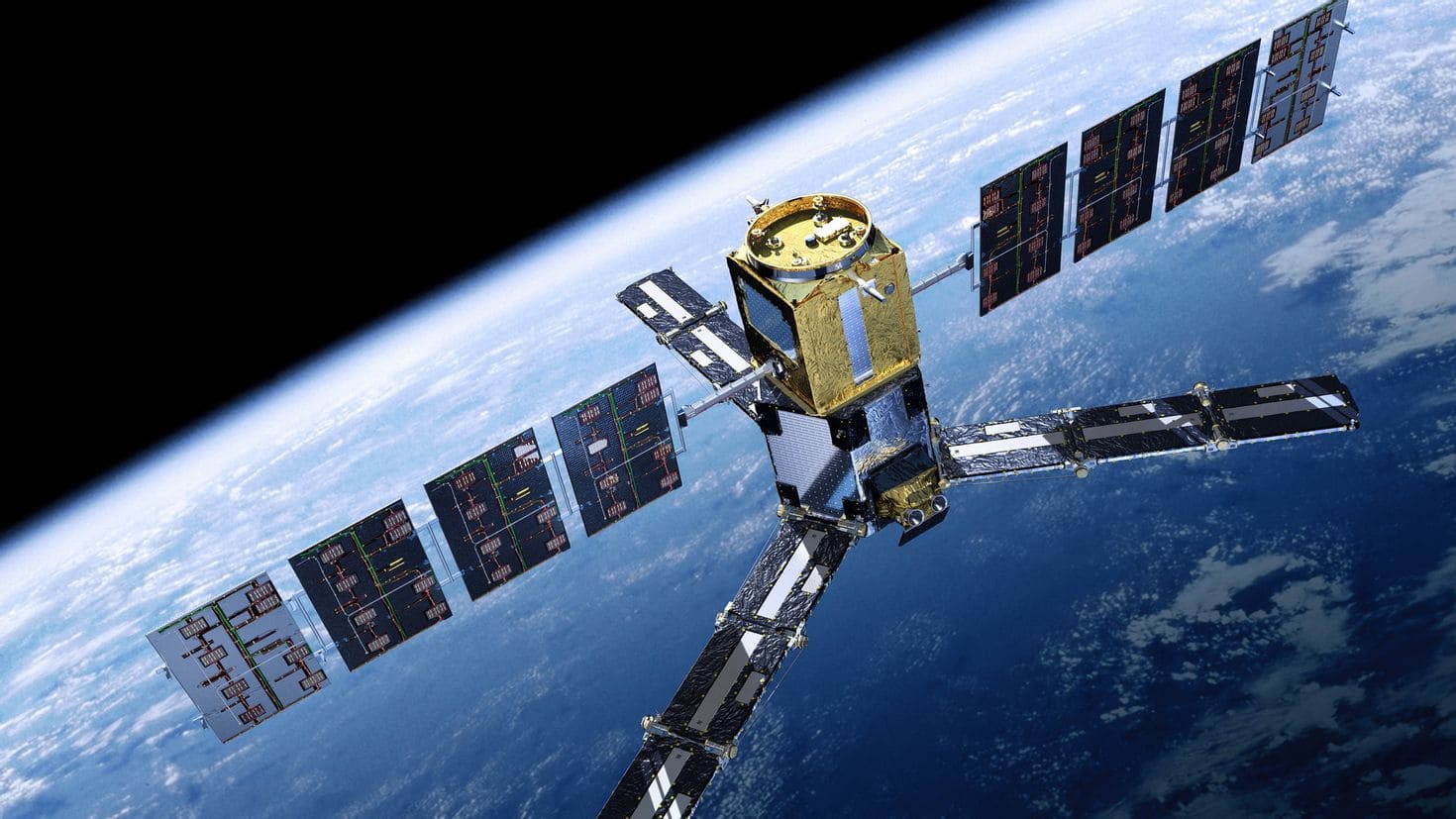Space industry experts have raised serious concerns and warned of a critical increase in ‘overpopulation’ in near-Earth space. More and more inactive satellites are seen in orbit, contaminating valuable space, and insurance companies are suffering record losses due to the increasing frequency of space incidents.
According to a fresh report from Slingshot Aerospace, near-Earth space is rapidly overflowing, creating potentially dangerous risks. Analysis of Seradata satellite data and Slingshot’s launch database shows that the space domain is overcrowded on a scale never seen before.
‘We in the industry have long warned of the growing strain on space, and now this reality is upon us. We urgently need to address the emerging risks in orbit, and it’s important to bring all industries together to ensure safe and sustainable use of space,’ said Slingshot Aerospace general manager Melissa Quinn.
At the end of 2023, there were as many as 12,597 spacecraft in orbit, of which 3,356 were inactive satellites. That number is up 12.4 per cent from 2022. Satellite internet projects such as SpaceX’s Starlink and the growth of the commercial sector, which owns 89 per cent of all active satellites, are the targets of this jump.
The addition of new satellites also led to a record 2,877 launches in 2023, up 14.6% from the previous year. Of these, 79% were communications satellites. The surge has resulted in a major financial loss for insurance companies. Last year they collected about $557,000,000,000 in premiums but paid out $995,000,000 in claims, resulting in a record net loss of $438,000,000.
In addition to the financial impact, the report highlights the emerging threats posed by Earth orbit contamination. As many as 508 inactive satellites have piled up in orbital cemeteries around geostationary altitude, with 25 more added in 2023 alone. The average distance between satellites in geostationary orbit has decreased by 33 per cent over the past decade, and this trend looks set to continue.
‘The problem of congestion in the geostationary orbit is becoming increasingly evident in the data. The time has come for accurate monitoring of the space environment so that operators have an understanding of their satellites and their neighbours,’ Quinn stressed.
Thousands of inactive satellites are also taking up valuable space in low Earth orbits. In 2023, 187 low Earth orbit satellites were removed, further increasing the orbital debris problem, according to Slingshot.



